Earth Week Winners Announced, Feedback sought
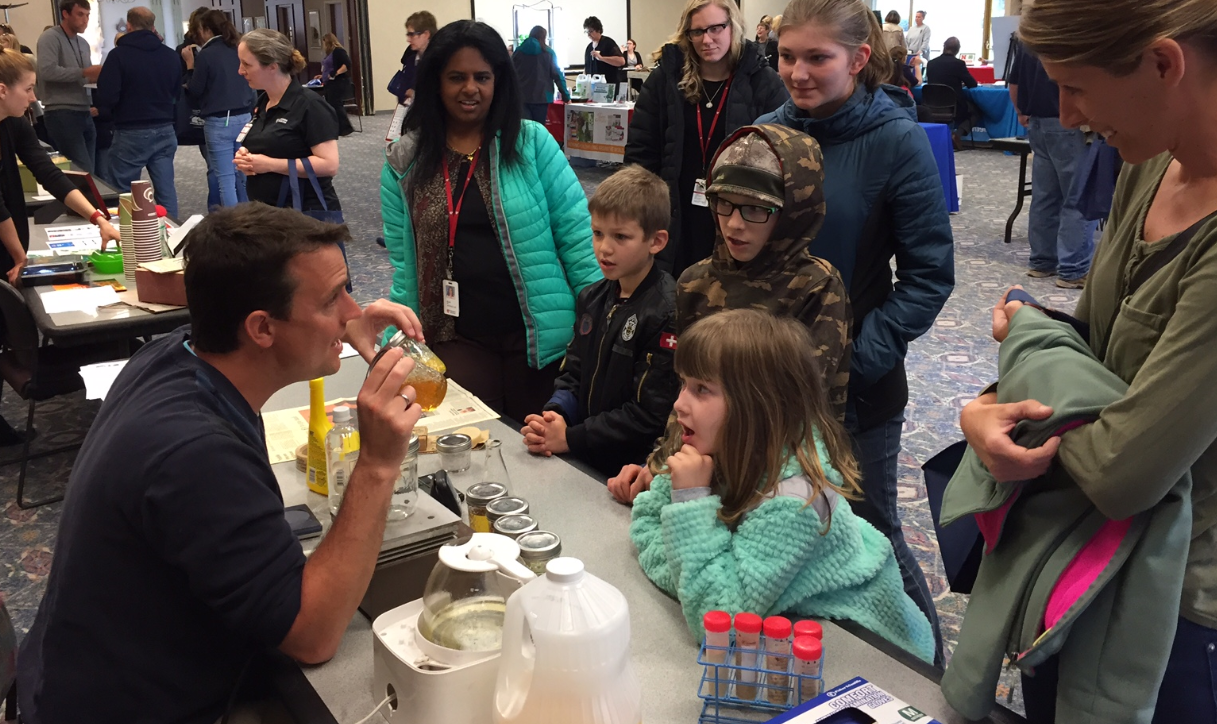
By Melanie Stewart
Earth Week was a little cold and rainy this year, but that didn’t stop us from having fun! We celebrated our new 2030 goals, had our first booth at Earth Day Omaha, saw how creative, resourceful, and talented our fellow colleagues are in the Re-Purpose It contest, collected items from your home for appropriate recycling, brought in lots of subject matter experts to answer your questions and provide you with information (and free stuff!), taste-tested vegan chocolate chip cookies, planted a tree, gave away free trees and seeds, and last but not least, got expert advice from Master Gardeners.
So we want to know what you thought! Please click on the link below to take our less than 2-minute survey. Your feedback will help us to know what to do, or not do, next Earth Week and what changes we can make so it’s even better.
Click here for Earth Week Survey.
Re-Purpose It Contest Winners:
- Grand Prize, Winner of popular vote:
- #1 Bret Gardner, MD/PhD Student; Cedar fence pieces into dining benches.
- Receives a 20-minute chair massage from the Wellness Center ($20 Value) and $25 Gift Card to Union Junktion Store.
- Second Place in popular vote:
- #31 Cynthia Pickinpaugh, Patient Financial Counselor, UNL Health Center; Toddler bed into garden bench
- Receives a $20 HyVee gift card courtesy of Sodexo
- Third Place in popular vote:
- #19 Deana Sorgenfrei, Prof Coding Sr. Assoc, Orthopaedic Revenue Cycle; Fire pit lid to solar gazebo chandelier
- Receives a hot/cold tumbler, Bobble filtering water bottle, and 8GB USB drive
- 2 Winners selected by LiveGreen Ambassadors:
- #11, Tuire Cechin, Program Coordinator for Path/Micro, IPID; Wall sheeting, lumber scraps, pallet pieces, netting, hollow plant stems into a pollinator house.
- Receives a $25 gift certificate to The UNMC Bookstore
- #4, Patty Ostronic, Volunteer Services Lead; Wedding Dress into pillows, tree skirt/bag, sachets, wreath, and rosary bag
- Receives a $25 gift certificate to The Company Store
Winners of 10-minute chair massage from Sustainability Expo feedback drawing:
- Pam Welch, Vice Chancellor for Research Office
- Anne Skinner, AH Research Administration
We’ll get information gathered from our recycling event, the rest of Earth Week and the effect it had, and bring that to you in a future article.
Thanks for helping to make Earth Week a success and for your valuable feedback.
Earth Week in Full Swing
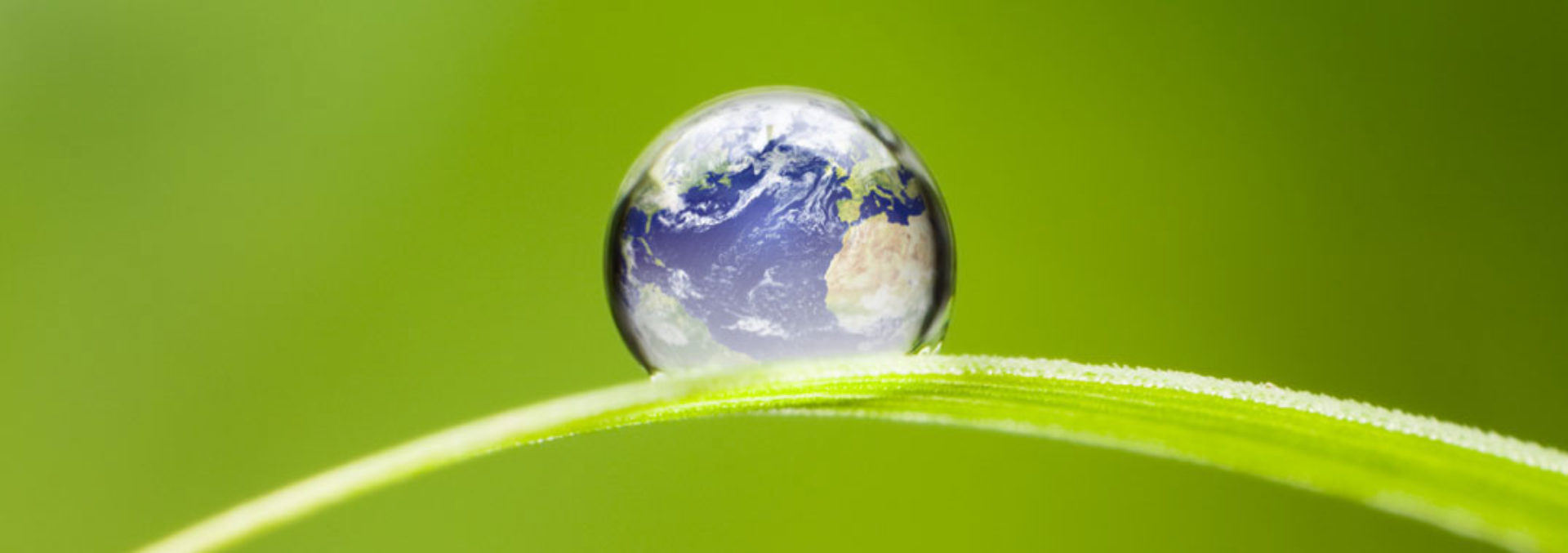
By Melanie Stewart
Earth Week is here! Here’s everything you need to know:
The RePurpose It Contest has some great projects to show off. Your colleagues are incredibly talented and creative! Many entries will inspire you to look at items you have in your home a different way, helping to save you money and reduce waste. Voting has begun so make sure you check out the entries here and vote here.
Tuesday, April 25th 11am-6pm and Wednesday, April 26th 6am-1pm:
Have items at home you can’t put in the trash? We will accept:
- Personal electronics to recycle; hard drives will be shredded. Most items will be free, but there will be a nominal cost for tube TVs, CRT monitors, and hard drives.
- Free personal document shredding.
- Free personal single use alkaline battery recycling.
- Free ‘techno trash’ recycling
- Eyeglasses will be collected for donation to those in need.
- Have books for the Little Free Library? Make it easy and drop them off here.
- Have pop tabs for Ronald McDonald House? Bring those too!
Click here for complete information
Thursday, April 27th 11:30am-1:30pm, in Lower Storz:
The Sustainability Expo will give you the opportunity to talk to experts from a host of different sustainability groups. Learn how to make a rain barrel, discover how fryer oil can be turned into fuel for vehicles, connect with groups working on topics that are of interest to you, and learn more about recycling, solar, safe food storage, permaculture, or even vermicomposting (yep, that’s worms!). We’ll have prizes, vegan cookies, and food to taste-test (all first come, first served). Check our webpage for a complete list. Bring items to be collected by the EHS office and we’ll collect eyeglasses as well.
Friday, April 29th 11:00am-12:30pm, Green Space by COPH and SLC
Need some expert advice as you get back into gardening this spring? We’ll have two Master Gardeners on hand to answer all your garden/lawn/tree questions and they will have a tower garden on display. We will celebrate Arbor Day and our status as a Tree Campus USA by planting a tree and giving away free elderberry trees and wildflower seeds. Check our website for more info. Finally, the UNMC bookstore will be hosting a special sale on their most “green” items all day.
No matter what your interests are, there will be something for everyone at this year’s Earth Week Celebration and we hope to see you there!
Items Collected at Sustainability Expo
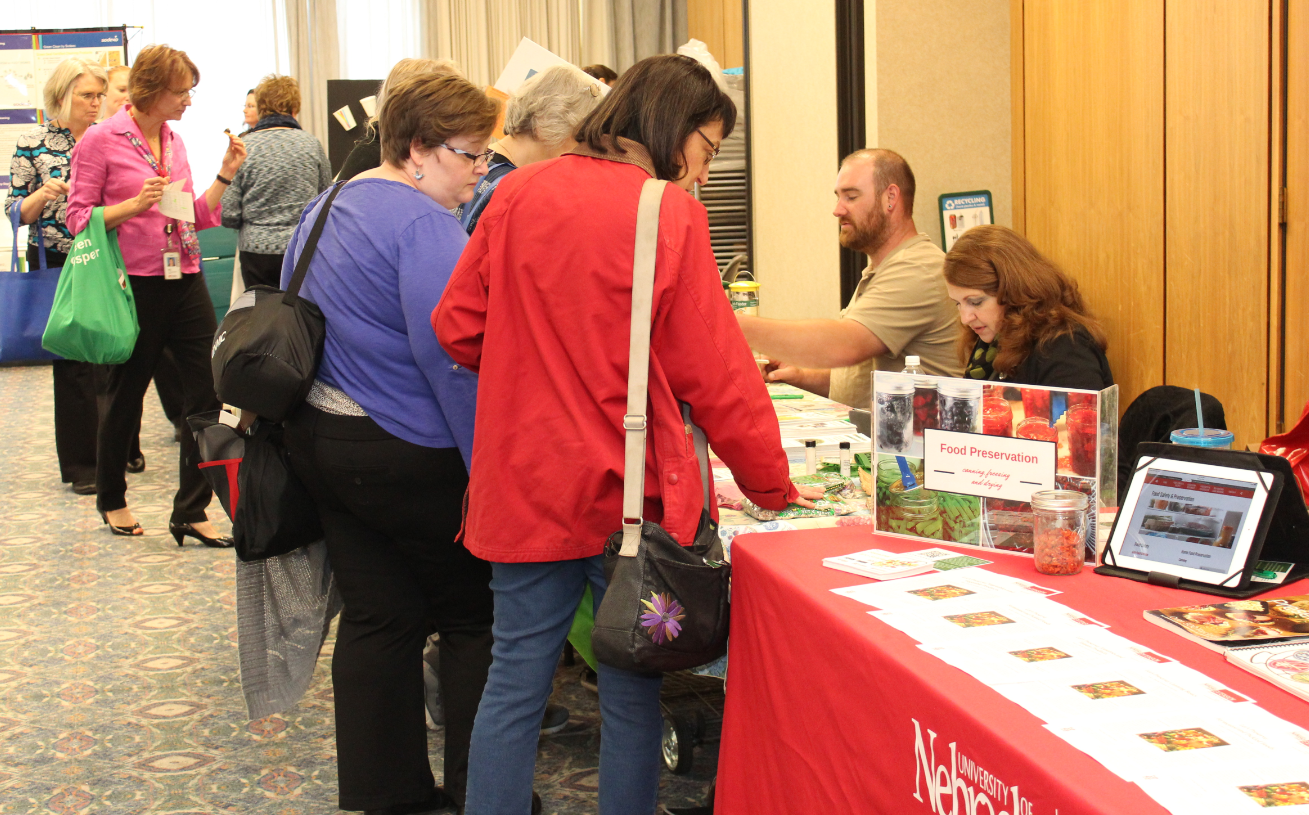
By Melanie Stewart
Next week is Earth Week! We have lots of great entries in Monday’s RePurpose It contest, look forward to seeing all of you at our personal document shredding, electronic and techno trash recycling event on Tuesday and Wednesday, Sustainability Expo on Thursday, and Master Gardener Q&A and tree planting on Friday.
There will be many great groups to talk to at the Sustainability Expo, but one of the new additions this year is the UNMC Environmental Health & Safety (EHS) department. They will be collecting items that need to be properly disposed of but are often overlooked in office/non-laboratory areas, such as aerosol cans, batteries, and flammable chemicals.
Aerosol cans (including empty aerosol cans) must be handled as hazardous waste, according to The Nebraska Department of Environmental Quality (NDEQ). All used, unwanted, empty aerosol cans must be collected. Examples of aerosol cans include: compressed air dusters, WD-40, spray paint, hair spray, whipped cream and cooking spray. For more information on Aerosol Can Disposal, refer to the Hazardous Material Fact Sheet: Aerosol Can Disposal.
EHS will collect flammable chemicals from office and non-laboratory areas. These items include, but are not limited to, hand sanitizers, rubbing alcohol, correction fluid (white out).
Batteries are generally regulated because of high amounts of heavy metals. Though alkaline batteries are not EPA regulated, work-related batteries can be recycled at no cost to your department through the Alkaline Battery Recycling Program. When you have a full container of used alkaline batteries you may now request a pick-up on-line here.
Rechargeable and button batteries are not recycled through that program; they need to be tagged and turned in to EHS. Look at the Hazardous Material Fact Sheet: Battery Disposal for proper management methods of the different types of batteries.
Did you know? The med center has recycled 5.8 tons (11,694 pounds) of alkaline batteries since 2014!
If your work area has any aerosol cans, flammable chemicals, or batteries to dispose of, you can bring them to EHS at the Expo; no tag needed! Please place any corroded or leaking batteries in a plastic bag and keep battery types separate.
If you are unable to attend the Expo but have these items, please contact EHS for proper disposal at 9-6356 or unmcehs@unmc.edu
If you have any questions about items you may have in your area, please reference the Hazardous Material Fact Sheet: Office and Non-Laboratory Areas Checklist.
Girl Scouts Earn Bronze by Going Green
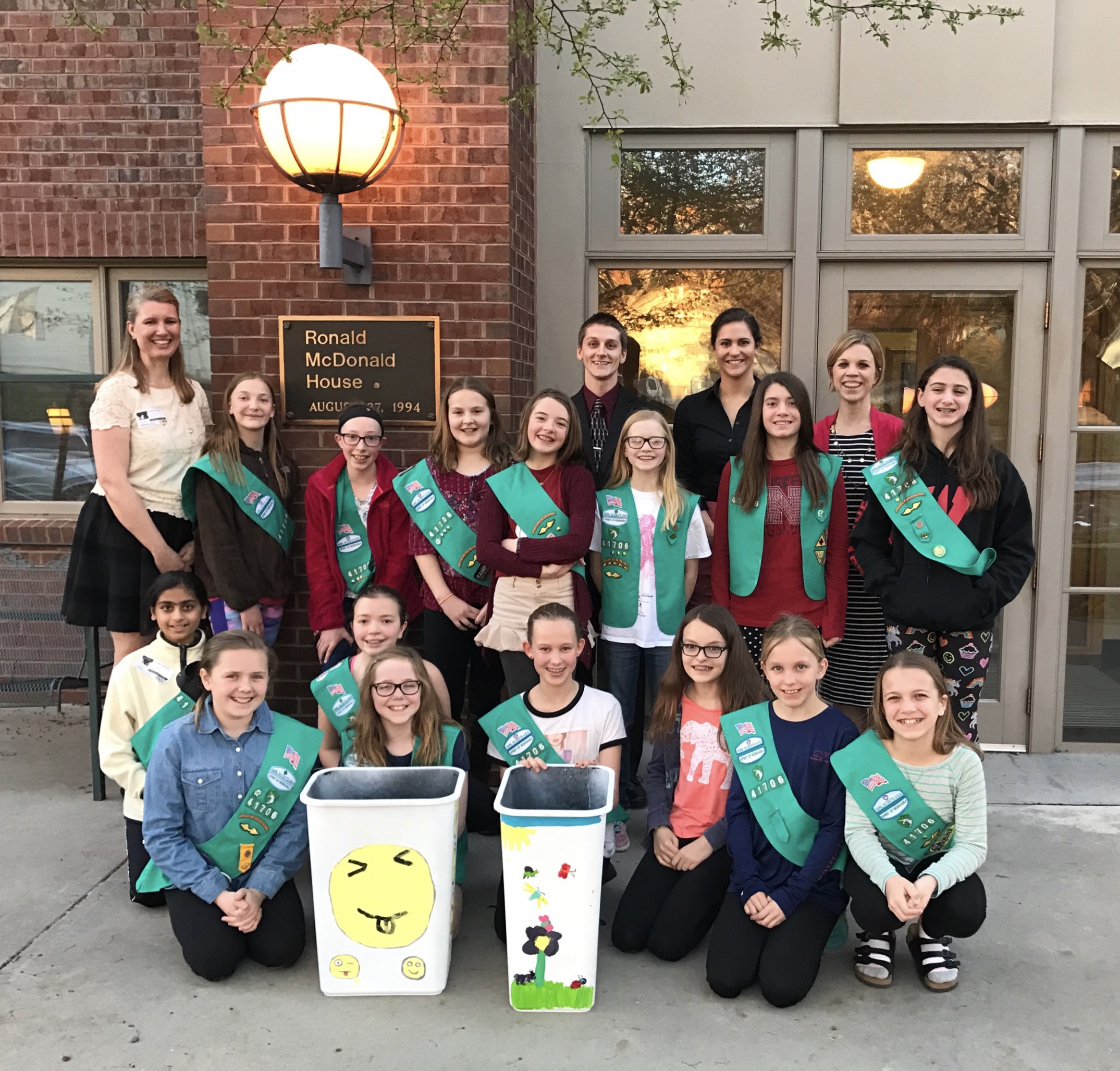
Ronald McDonald House Charities® in Omaha provides a temporary home away from home for families of ill or injured children receiving treatment at Omaha medical facilities. The temporary nature of the guests made consistent recycling difficult.
Enter Omaha Girl Scout Troop #41706.
Troop #41706 completed their Bronze Award project, the highest honor a Girl Scout Junior can achieve. The troop has 19 fifth graders from Loveland Elementary and Swanson Elementary in Westside Community school District. Each girl completed 20 hours of community work individually for the project. Together with their troop leaders, this is over 400 hours of service.
The troop partnered with Nebraska Medicine/UNMC to help make the Ronald McDonald House’s recycling program more robust. While the House had a recycling program, it had yet to be used to its full potential, as many of the things thrown away could have been recycled. Thanks to this project, more than 160 families who stay there each year, along with staff, will be able to significantly cut back on the amount of waste discarded at the House.
Lindsey Rai Reasner, Executive Director of RMHC in Omaha, was happy to see the improvements. “We’re thankful any time a community member provides a service to our families, but to have a group of young people so committed to helping families and our community at large inspires such a feeling of pride and excitement for our future.”
To ensure the program would be sustainable, the troop operated in separate committees for the various tasks involved. These committees decorated cheerful recycling bins, developed signage to be posted around the House, wrote a manual detailing the program, and created video and written communications explaining the project.
“It was fun to work together to help the kids at the Ronald McDonald House and the earth,” said Marigold Helvey, age 11, and 5th grader at Loveland Elementary School. That spirit of collaboration extended beyond the troop itself.
Troop co-leader Ann Anderson Berry says that this project “represents the best of Omaha: with efforts from our Girl Scout troop, the support of the Med Center’s LiveGreen initiative, and the support of Westside Community Schools, the Ronald McDonald House and the community will benefit from what we anticipate will be a large increase in recycling.” Prior to this project, the troop worked with LiveGreen & Nebraska Medicine to reduce the use of Styrofoam in the NICU.
Net Zero Waste
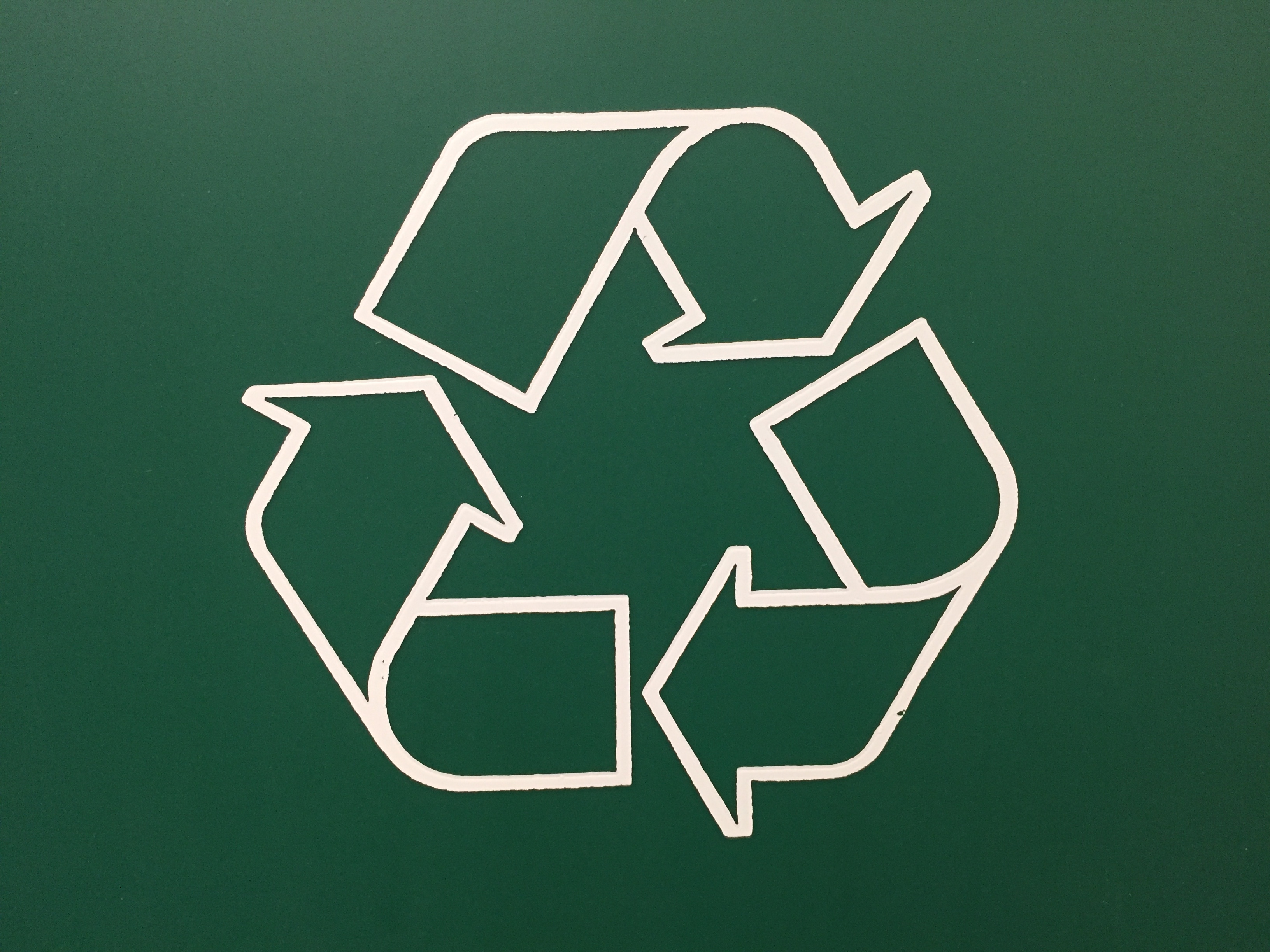
By Melanie Stewart
Hopefully you have heard about the Med Center’s impressive new goals: Net Zero Emissions, Net Zero Water, and Net Zero Waste, all by 2030.
Net Zero Waste sounds impressive, but what does it really mean? Ultimately we plan to divert 90% of all waste leaving campus away from the landfill. I know what you are thinking: 90% is not “Zero Waste,” and you are technically right. Net Zero Waste is defined as 90% being diverted with 10% remaining as some waste will always be created.
This is an ambitious goal. Disposable single-use devices have become the norm in medical care as a means to promote patient safety. We will not put employees or patients at risk in order to meet this goal. However, the industry is realizing how much waste is inherent in this practice in terms of cost as well as landfill space, and we can build on the changes that are starting to happen. Several of you have noted items or processes that could change—thank you and keep ‘em coming!
We can avoid waste by changing some of our personal habits as well. Take the easy step to recycle! Put that pop bottle, soup can, or frozen lunch tray in the green recycling bin. Dump any liquid and scrape out the bulk of the food—no need to rinse clean. Flatten all grades of cardboard and place against the wall. Check out this video to see what to recycle on campus.
Remember that reducing and reusing come before recycling. Start with something easy: instead of getting coffee each morning in a disposable cup, bring your reusable cup. You’ll drink fewer chemicals and keep you coffee warm longer. Don’t underestimate the impact of a simple action repeated over time.
We also know that many of you find fun ways to reuse items at home; consider entering them in Earth Week’s RePurpose It Contest (for details, click here). It’s free to enter, and you can win a prize as you inspire others with your great ideas. You do not have to be a master craftsman or seamstress to win a prize; some of the best ideas are simple things that most people can do. Check out LiveGreen’s Pinterest Page if you need inspiration.
World Water Day
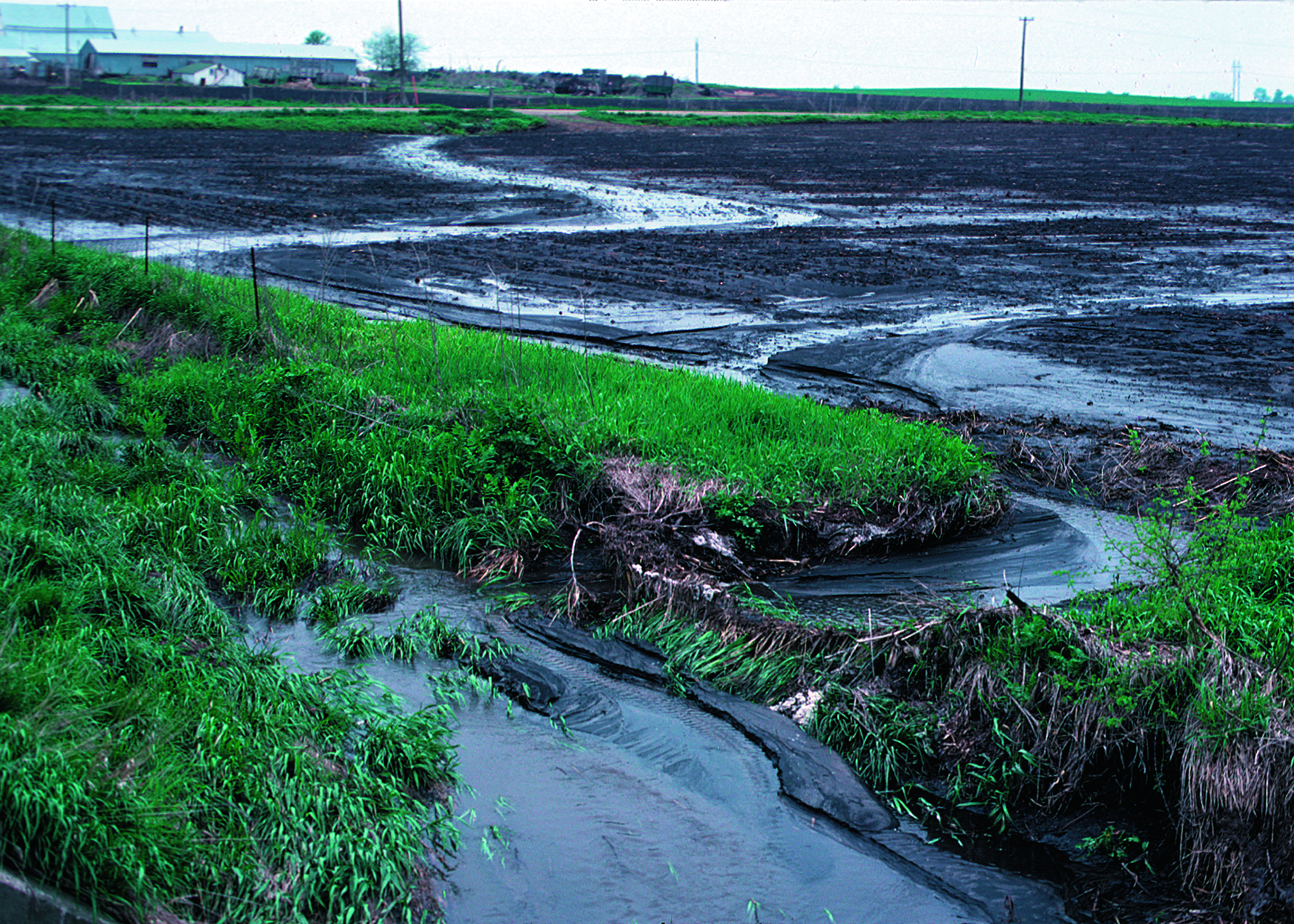
By Melanie Stewart
Photo by Lynn Betts, USDA Natural Resources Conservation Service
How safe is your water?
Last week the United Nations marked World Water Day, did you observe? Did you hug your aquifer? More seriously, maybe you installed a low flow showerhead, taught your child to turn off the faucet while brushing their teeth, or installed a rain barrel? {Don’t know how to make a rain barrel? Come to the Sustainability Expo for free instructions and demo!}
Water is one of those things that we take for granted; we turn on the faucet and clean water comes out–for us, our pets, even our yard. So it is mind-boggling to consider the fact that the U.N. estimates 1.8 billion people are drinking water that is known to be contaminated. That’s 1 in every 4 people drinking water that has feces in it; increasing the chances of them contracting polio, dysentery, cholera, and typhoid.
You could be thinking, “The people drinking that water aren’t here; they’re in a Third World country halfway across the globe. My water source isn’t tied to theirs, so this doesn’t directly affect me.” You could be right.
Maybe.
Personally, I find it difficult to picture children bathing in water that also has livestock in it. Unfathomable that people collect water they can’t see through to drink. Heartbreaking that diarrhea accounts for 1 in 9 child deaths worldwide, killing almost 2,200 children every day, more than AIDS, malaria, and measles combined.
Even if that doesn’t have an effect on you, our water sources are not guaranteed. Our region relies heavily on the Ogallala Aquifer, but it’s being drained faster than it can refill threatening not only our drinking water, but agriculture and our way of life.
This past year has demonstrated the vulnerability of water with the crisis in Flint, Michigan, protests surrounding oil pipelines, and water contaminated with methane to the point that it can be lit on fire.
Our habits outside of direct water usage matter too. Numerous companies are using water sources in other countries to make the products that the developed world wants. Water is needed for bottle production as well as the product in that bottle—which we consume at an alarming rate.
UNMC and Nebraska Medicine have set the goal of Net Zero Water by 2030. Reducing our usage at work means more clean water for everyone. It also means we create less wastewater, which can be part of the problem as well.
How can you help?
Check the condition of your local waterways
Make a difference in your own backyard
20 easy ways to conserve at home
New LiveGreen Website!

LiveGreen is proud to unveil a new look for its website! While the old design had good intentions, many of you let us know that it wasn’t working for you. We agree and are proud to announce a new and improved LiveGreen website.
The new version still has the same address: LiveGreenNebraska.com but you may find that some “downstream” addresses have changed. For example, looking for recycling information? Now you can just go to LiveGreenNebraska.com/recycling for information about recycling different materials.
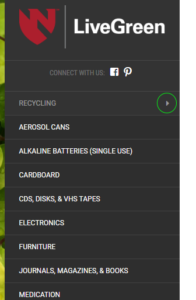 We are also really excited about the tool bar you’ll find on the left side of the page. You can go to almost any page on the site with only one click! Any item on that tool bar that has the little triangle on the right edge, also known as a carat, has a drop down menu that you can see just by hovering over the bar. Sticking with the recycling example, when you over the recycling bar with your mouse, a menu will drop down giving you the option to go directly to a page about a specific item, such as metal, cardboard, or medications. Some dropdown menu items have carats too.
We are also really excited about the tool bar you’ll find on the left side of the page. You can go to almost any page on the site with only one click! Any item on that tool bar that has the little triangle on the right edge, also known as a carat, has a drop down menu that you can see just by hovering over the bar. Sticking with the recycling example, when you over the recycling bar with your mouse, a menu will drop down giving you the option to go directly to a page about a specific item, such as metal, cardboard, or medications. Some dropdown menu items have carats too.
If you are on a touchscreen device (cell phone, tablet, etc.) there is no way to hover and you will still need to click. If you click on the bar you will go to the main page; if you click on the carat, you will see the drop down menu.
All TravelSmart information is located here. New announcements will be on the front page, and we’ll still have all of our news articles, Earth Week information, the Supply Exchange, and the Sustainability Master Plan, in their entirety along with easy to read updates on each goal area and the initiatives that are helping us to get there.
Looking for even more ways to be sustainable? You can also directly link to our Facebook page for information and events on and off campus and our Pinterest page for lots of Re-Purpose It Contest ideas, recipes, gardening tips, and more.
You asked for these changes, so let us hear from you! If you are looking for information you still can’t find, have a suggestion for something to add, or have an idea for the future, please let us know by emailing LiveGreen@unmc.edu
Earth Week Activities Announced

by Melanie Stewart
No matter what your interests are, there will be something for everyone at this year’s Earth Week Celebration and we hope to see you there!
Monday, April 24th:
Don’t toss it, don’t recycle it—Re-Purpose it! Put on your creative thinking caps and see what you can make out of reused materials! Anything that has outlived its original intent and been transformed into something else is eligible to win in the ever-popular Re-Purpose It contest! Past winners have included everything from a potting bench out of pallets to a wall sign made out of floorboards to a standing desk out of copy paper boxes. In addition to popular vote, community groups will also award specific prizes, so there are many opportunities to win! Check our website for contest rules.
Tuesday, April 25th 11pm-6pm and Wednesday, April 26th 6am-12pm:
Have items at home you need to get dispose of, and can’t put in the trash? We will accept a variety of items for recycling; click here for complete information:
- Personal electronics will be collected and recycled; hard drives will be shredded. Most items will be free, but there will be a nominal cost for tube TVs, CRT monitors, and hard drives.
- Free personal document shredding.
- Free personal single use alkaline battery recycling.
- Free ‘techno trash’ recycling – computer disks, CDs, and VHS tapes for shredding/recycling.
- Eyeglasses will be collected for donation.
- Have pop tabs for Ronald McDonald House? Bring those too!
This event will be held over 2 days to make it more convenient for you.
Thursday, April 27th 11:30am-1:30pm, in Lower Storz:
The Sustainability Expo returns! You will have the chance to speak with multiple representatives from community environmental organizations (everything from personal rain barrels to canning/food storage tips)—along with free cookies, door prizes, and more! Check our webpage for a complete list of topics; new presenters are still being added.
Friday, April 28th, location TBD:
Arbor Day is celebrated across the country but has special meaning in Nebraska. We will plant a tree, give away free trees and wildflower seeds, and we’ll have a Master Gardener (our own Susan Siebler) on hand to answer your questions as you get ready to garden. Check our website for more info.
Zip Around Town
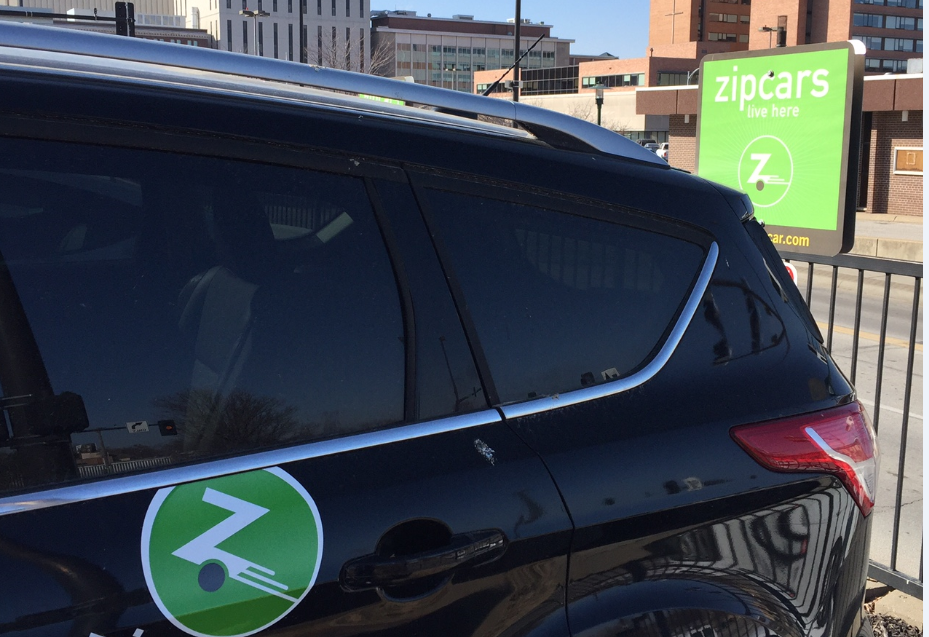
By Melanie Stewart
Need a car short-term? Reserve a Zipcar! UNMC & Nebraska Medicine have partnered with Zipcar to bring self-service, on-demand car sharing to the area. To use Zipcars, simply register as a member, reserve a car online or on your phone, use your Zipcard to scan into the car, and drive away. When you’re done, return the car to the same location where you picked it up.
As a member, you get:
- Access to Zipcars 24/7.
- Discounted hourly rates for faculty, staff and students age 18 and older. Rates start at $8.50/hour or $69/day.
- Gas, insurance and maintenance are included for free!
- Join for only $15 a year
Wondering how it works? There are four simple steps to Zipcar freedom. Join today at zipcar.com/nemedcenter. Once you’re a member, reserve a car online or on your phone for as little as an hour or as long as seven days. Scan into the car using your Zipcard. (The keys are already in the car.) Drive away. Be sure to return the car at the end of your reservation.
With Zipcar parked right on campus, now located on the SE corner of 42nd and Farnam (corner of parking lot #7), it’s easy to go downtown, do errands, or even road trip. Moreover, since Zipcar covers gas, insurance, and 180 miles per day, you can enjoy the freedom of the open road without any of the extra costs. Zipcars are available at other locations in Omaha, and other cities across the state, country, and globe.
On-campus Zipcars are available for use by anybody, and any Zipcar is available for any Zipster. Patient families, guests, visitors, and members of the community can sign up with our discount by selecting “Community Members” at zipcar.com/nemedcenter
Don’t have a car and need to run errands this weekend, or haul an item that doesn’t fit in your car? Zipcar can help with two cars located at the Med Center: “Easyrider,” the crossover/SUV Ford Escape and “Josiephine,” the 4-door Hyundai Elantra Sedan.
UNMC employees may be able to use Zipcars instead of personal vehicles for business purposes. Talk to your administrator before use.
If you are an international driver, Zipcar may still be available for you, for instance, to take your driver’s license test. For more information on required documents for international students, please refer to www.zipcar.com/apply/foreign-drivers .
Net Zero Water
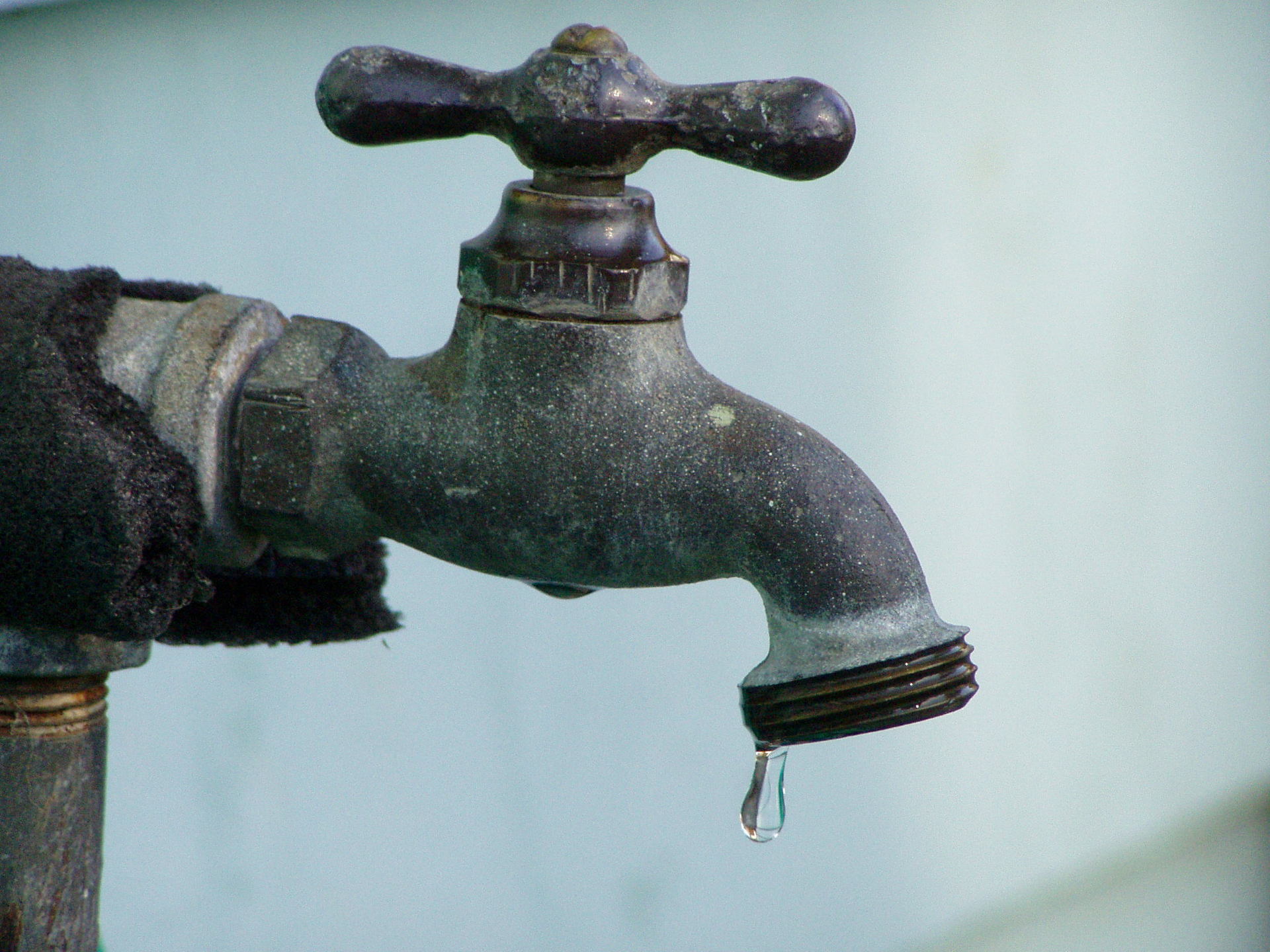
photocredit: freeimages.com/davegostisha
By Melanie Stewart
If you’ve been watching the news, you’ve heard a lot about water. It’s easy to forget how valuable water is to us, as we can turn on the faucet and get fresh, clean water whenever we want it. If we were under drought restrictions, had contaminated water, or had to haul it from a nearby reservoir, our attitudes would quickly change.
UNMC/Nebraska Medicine recently announced their commitment to reduce water use to “Net Zero Water.” This does not mean we won’t use any water. We will still use water, we’ll still have green space, and we’ll always recommend washing hands!
The goal means that by 2030 we’ll only use as much water as falls on our property in an average year. As of right now, that would mean we would use 104 million gallons of water per year. That’s a lot of water, enough to fill 160 Olympic swimming pools! Still, it’s a 55% reduction from our 2010 baseline, and 33% reduction from where we are now, so we have some work to do.
Reductions at home are important too; did you know most of us use 20 gallons of water per shower? Or that the EPA estimates Nebraska to be one of the top 7 states for water use per capita?
Here are some simple things you can do to have a sizable impact:
- Turn faucets completely off–no dripping–especially in labs.
- Report drippy faucets and leaks, inside or outside.
- Scrape or wipe instead of rinsing recyclables; rinsing isn’t necessary.
- Buy faucets and fixtures with the Water Sense
- Take a five-minute shower. Need a fun timer? Check out the list below of five-minute-long songs you can listen to while you shower. (Don’t dance–you might slip!)
- Turn the faucet on part way, only using the pressure you need. Turn it off when brushing teeth.
- Don’t run your sprinkler system when it’s raining, make sure programs are correct and check sprinkler heads to make sure they are watering plants, not concrete.
- Or, forgo the grass! Look into low-water-use plants and groundcover; consider xeriscaping.
- Build a rain barrel. It’s easy, inexpensive, and provides free water for your garden or to wash your car. Did you know that over 600 gallons of water will run off a 1,000 sq. ft. roof in a 1” rain?
Adele-Hello
Aerosmith-Sweet Emotion
The Beatles-While My Guitar Gently Weeps
Beastie Boys-Body Movin’
Beyonce-Me, Myself, and I
Blake Shelton-Boys ‘Round Here
Coldplay-Clocks
Creedence Clearwater Revival-Born on the Bayou
Dave Matthews Band- Tripping Billies
Flock of Seagulls-I Ran
Jefferson Starship-We Built This City on Rock & Roll
Kanye West-Stronger
Lady Gaga-You and I
Lauryn Hill- DooWop (That Thing)
Lynard Skynard-Sweet Home Alabama
Michael Jackson-Thriller
Muse – Uprising
Paul Simon- You Can Call Me Al
U2-Walk On
